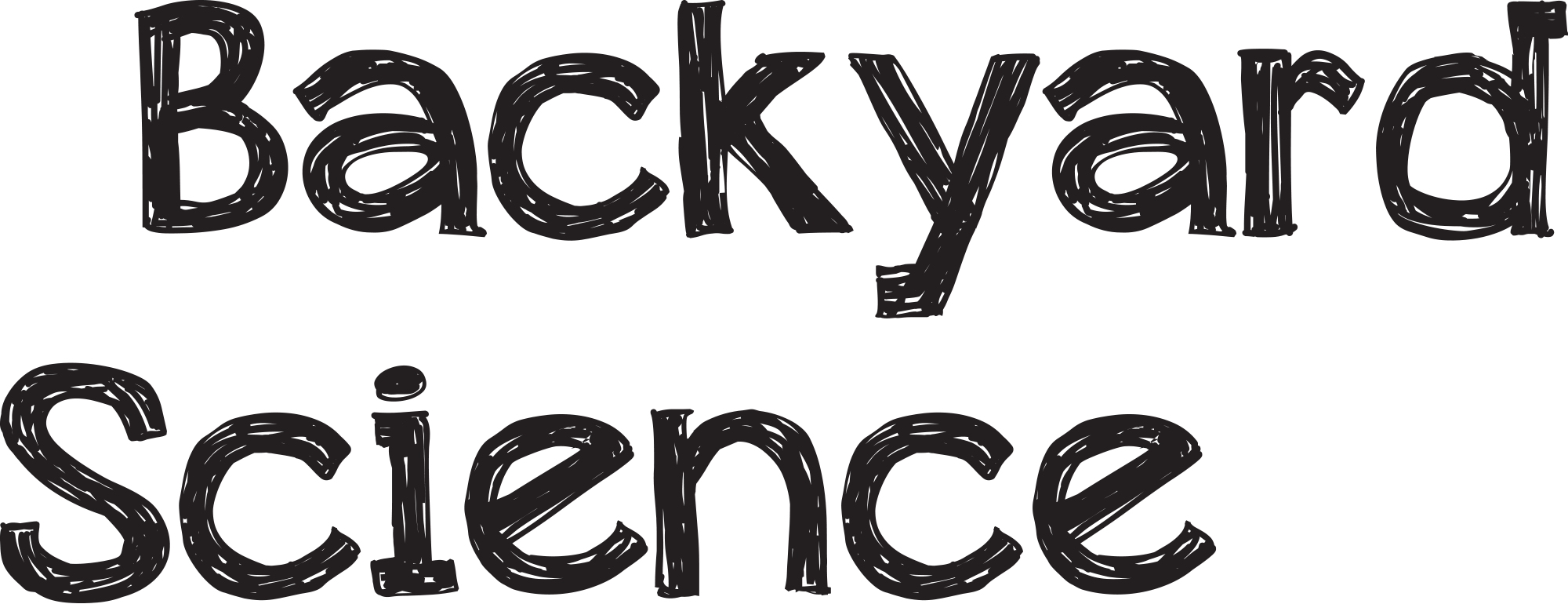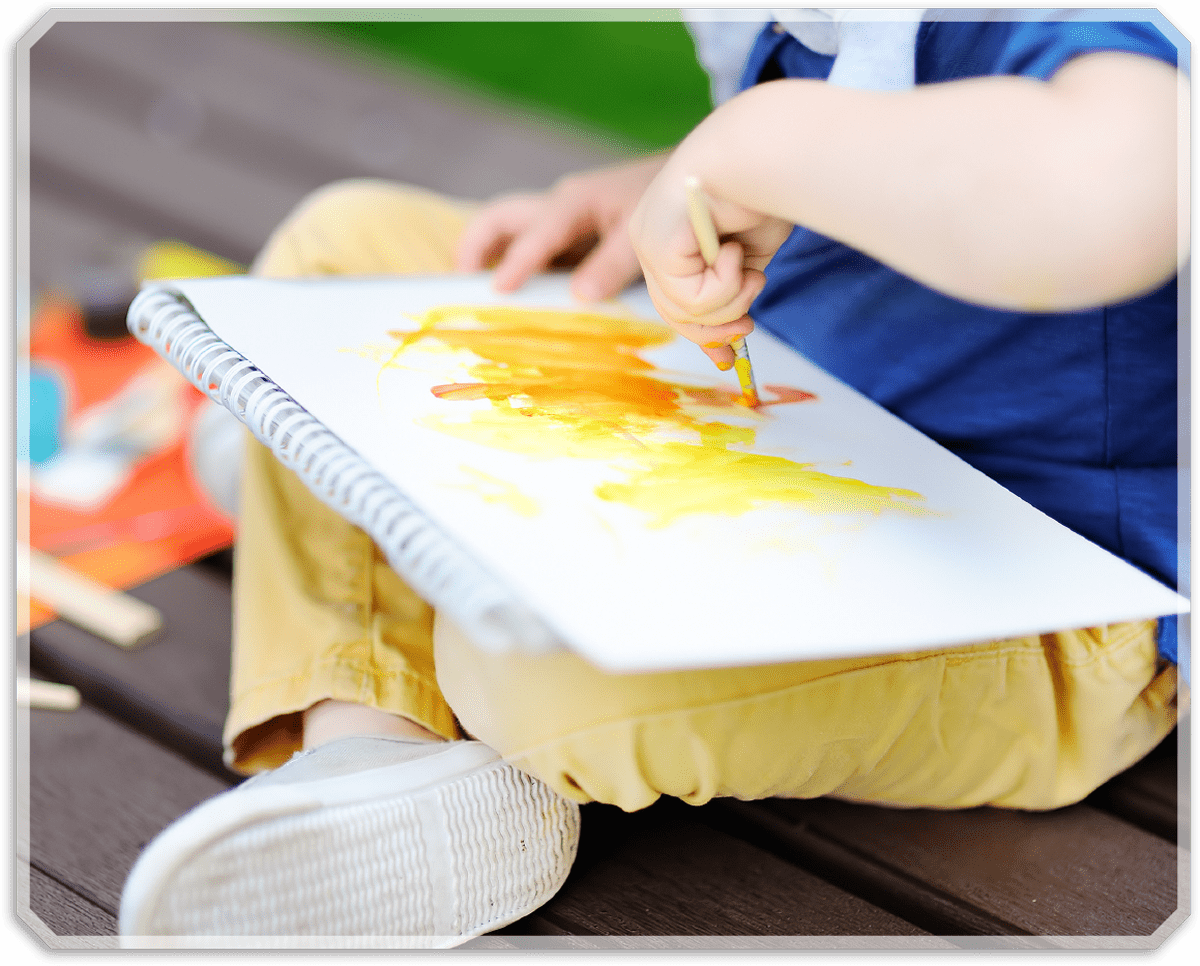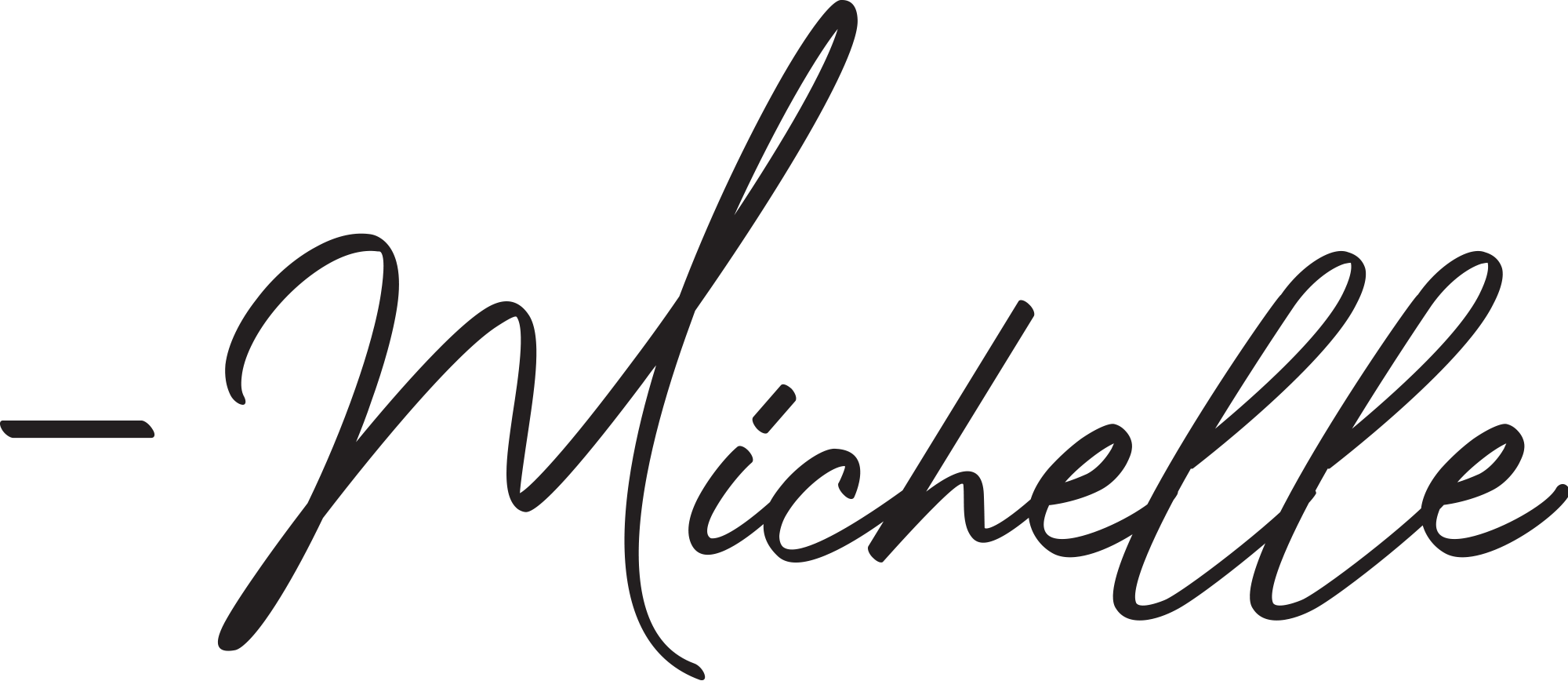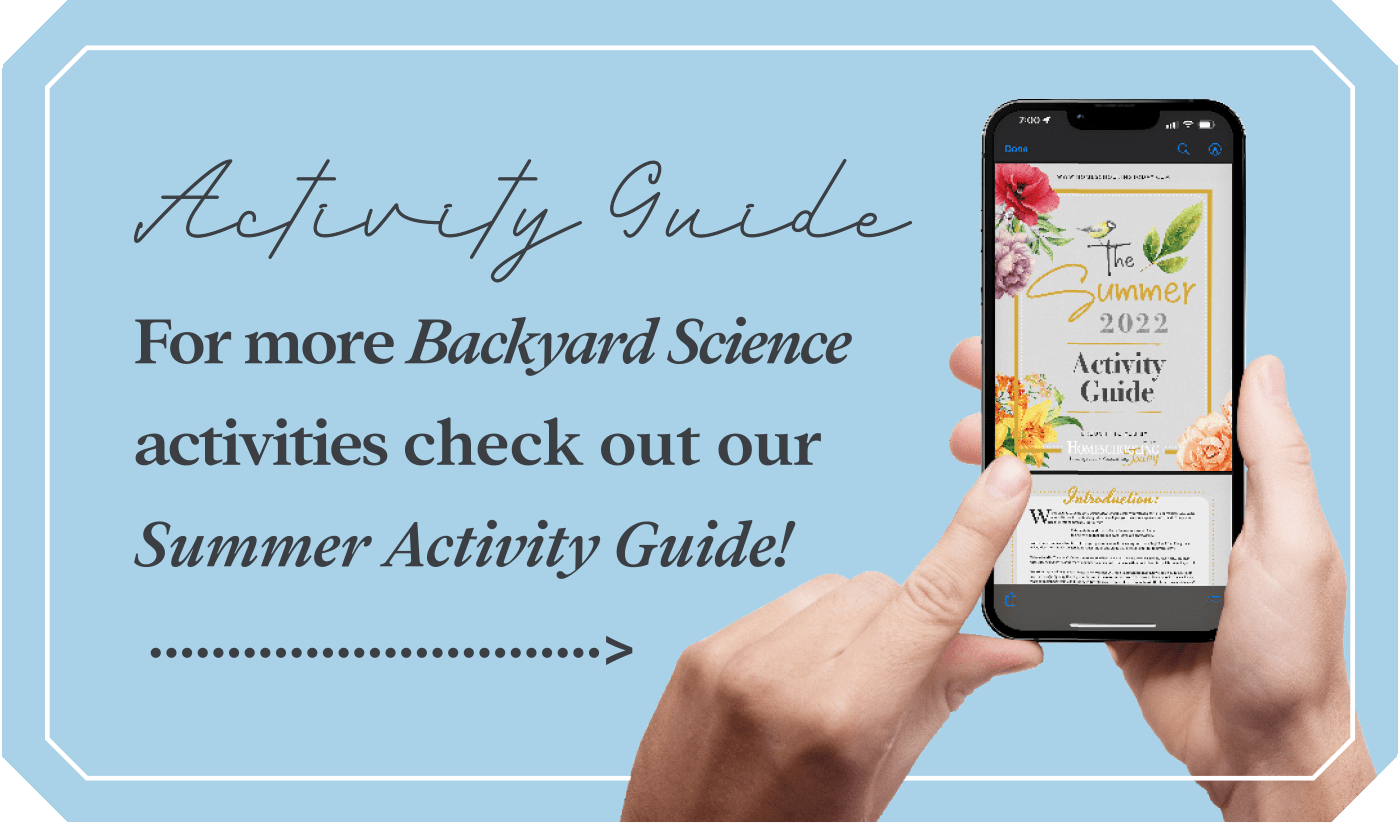
with
Michelle Moody
Like the renaissance man, Leonardo da Vinci, who painted The Last Supper in 1498, many scientists were also accomplished artists. Albert Einstein even said, “The greatest scientists are artists as well.” Einstein, himself, played violin and piano, and Sir Frederick William Herschel was an astronomer and composer. Herschel discovered the planet Uranus, the existence of infrared radiation, and he also wrote twenty-four symphonies.
Fast forward to today, and we find many ideas for blending art with our science in what is called STEAM—which stands for Science, Technology, Engineering, Art, and Math.
So, how do science and art blend? Both disciplines involve experimenting. Scientists use the scientific method to observe what will happen when variables are changed or kept the same. To create a new work, an artist may experiment with different media, lighting, color, and more.
Art experts also use scientific methods to authenticate paintings, determine the rate of deterioration, and identify the best ways to preserve a piece of art.
The slow-paced days of summer are ideal for enjoying easy-to-plan art projects that incorporate a little science too! Let’s take a look at a few project ideas to make this a STEAMy summer!

Here are some prep ideas to make it easy to quickly incorporate an art and science activity to a summer afternoon when it is too hot or too rainy to be outdoors.
Gather your stash of art supplies. You’ll need crayons or colored pencils, plain paper, a craft stick or wooden skewer, and bars of Ivory soap. All of these can be found at the dollar store or grocery store.
Place all of these in a plastic bin or storage container, so they’re in one place.
Check your library for some art biographies, or check out the websites in the resource list at the end of this article.
Before cameras, natural scientists used art as their “camera.” Today, if scientists want pictures of a plant or animal, they can use a camera and take a photograph.
What did scientists do before there were cameras? Since many of the scientists were not very artistic, they hired artists to create the drawings. Sometimes these drawings were detailed and very accurate. However, there were times when artists used their imagination and added to what they actually observed.
One such natural artist was Louis Renard. He created a set of drawings that some people claim are exaggerated and only partially accurate.
An artist named Samuel Fallours painted pictures of fish, crayfish, and crabs off the coast of the Dutch East Indies. (This area is now called Indonesia.) The drawings were delivered to the governor of Holland. It isn’t known how Louis Renard came to make drawings from the original paintings. Today, many claim Renard used his imagination to make copies of the paintings.

Show your children the art of Louis Renard and ask if the animals look accurate. Were the fish really that colorful? In real life, did the fish smile?
Next, head out to the backyard, a park, or a nature trail. Sit and observe the birds, insects, and small animals. Now, travel back in time! It is 1705, and you have been hired to paint the animals found in your area of the world in the style of Louis Renard. Using colored pencils or crayons, create a set of drawings to be used as part of a natural history book.
“Ka-thunk, Ka-thunk, Clang….” Ahhh, the sound of rocks as they roll around the dryer. Those little treasures are reminders of a summer afternoon in the backyard or on a family hike.
Turn those rocks into a science and art lesson. Marble and limestone are used in sculptures because of the hardness and beauty of the rock.
The most famous rock carving in the United States is probably Mt. Rushmore. It features four of America’s most famous presidents on a mountain in South Dakota. This tribute shows the presidents on a grand scale, each bust measuring over sixty feet.


Carving stone is complex and requires special tools, so in this activity, we will be using a bar of soap as our “rock” instead.
Bar of Ivory soap, Nail file, & Wooden craft stick
- Cover the table or workspace with a tablecloth or newspaper; this activity will be messy!
- Gather the bar of soap, craft stick, and nail file.
- Ask your children to think about the size of the soap bar. What could they carve with a rock of that size?
- Draw a picture of what they would like to carve. This will be their carving pattern. Keep it simple!
- Use the tip of your nail file to gently draw your design onto one side of the soap bar.
- Use the edge of your craft stick or nail file to scrape away the soap outside of the design area.
- Work your way around the design, scraping until all of the extra soap is removed. Be patient; carving will take a while to complete. Do not try to break off the soap into pieces—this could ruin the design.
- The design should now be in one solid piece.
- If your children want to add details to their design, they can do so with the tip of the nail file to add lines, eyes, or other designs into the shape.
- Smooth any rough edges with the flat side of the craft stick or a slightly moistened finger.
Here are a few more ideas for adding art (and science!) to your list of summer activities. Make a list of artists, and let them inspire you! Here are some ideas:
- Learn about horses and paint like George Seurat. He is known as the father of pointillism.
- Study sunflowers and paint like van Gogh. Plant sunflower seeds in a paper cup. When they have sprouted, transplant them to the ground, a large flower pot, or a garden box. Track them throughout the summer. Let the seed heads mature until you can pick out a few seeds. Then watch for birds picking out the remaining seeds or cut the seed head and place it where the birds can perch on it and snack!
- Find out more about your senses and create optical illusions like M. C. Escher. Okay, it might be hard to actually create optical illusions, but it can be a lot of fun to look at them!
- Explore the world of wild weather and paint like Wassily Kandinsky. Abstract artist Wassily Kandinsky painted a piece entitled Storm. Grab some paper, crayons, or paint on a rainy summer day, and have your children paint their own abstract “storm.” Ask them to think about what happens during a summer rainstorm (wind, thunder, lightning, hail) and how they would represent it in their drawing or painting?
Here are some biographies you can obtain from the library:
- Getting to Know the World’s Greatest Artists by Mike Venezia (This is the series we’ve used from our library.)
- Discovering Great Artists by Kim Solga
- The Story of Paintings: A History of Art for Children by Mick Manning
During the slower-paced days of summer break, mix up some cool fun by integrating science and art with just a few simple supplies. And, if it turns out to be popular with your family, consider adding a regular STEAM day to your homeschool throughout the academic year.



